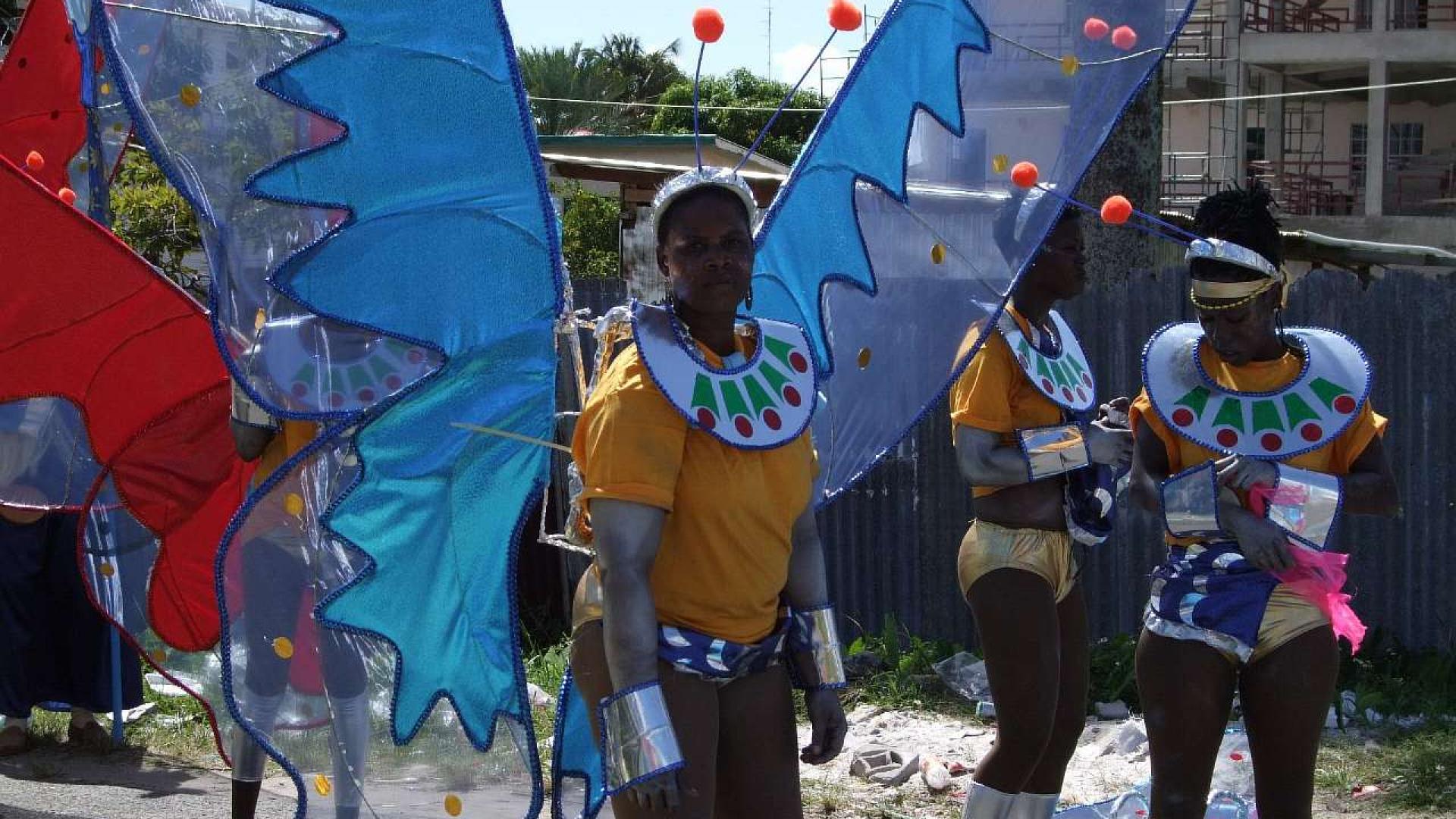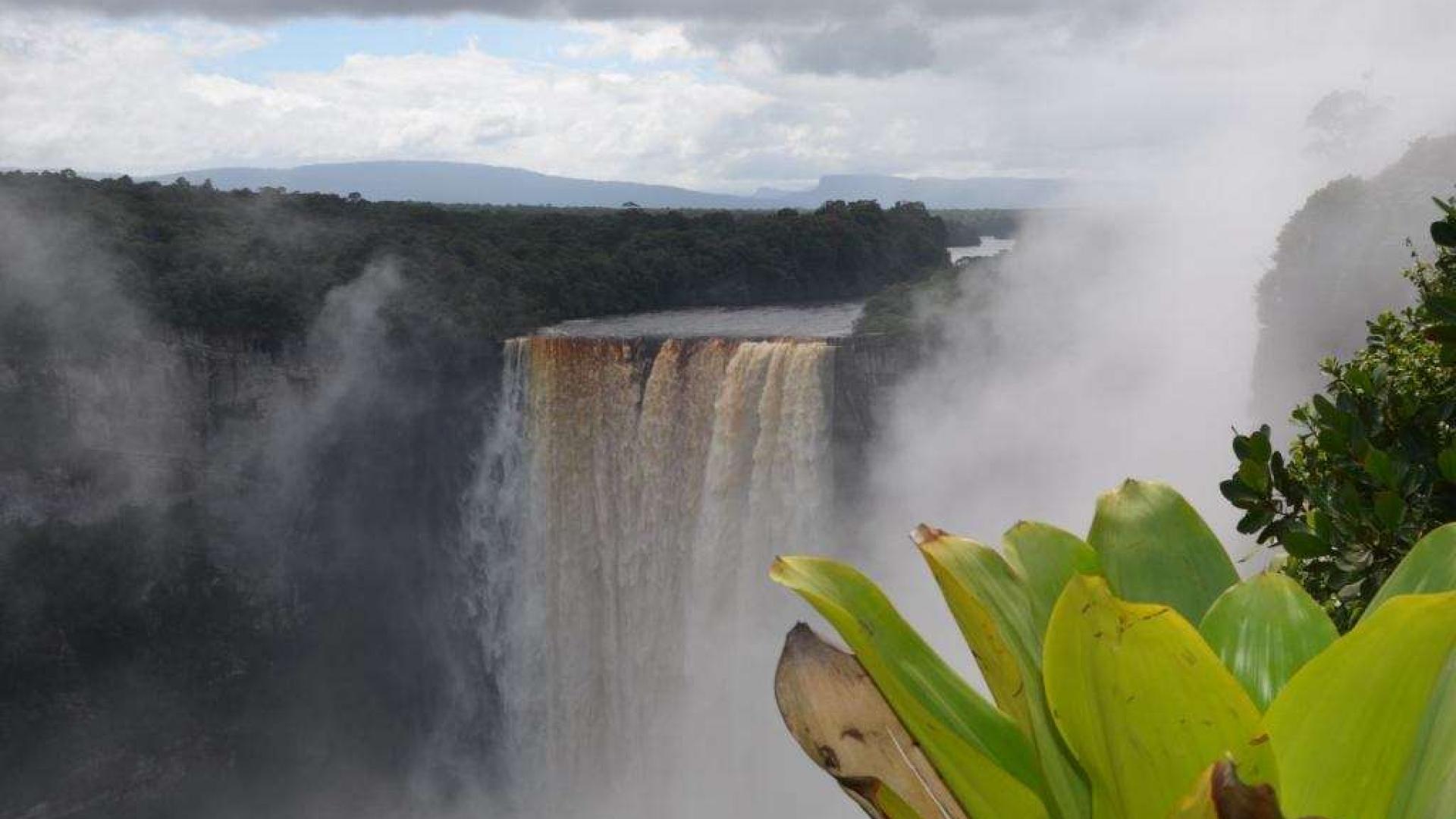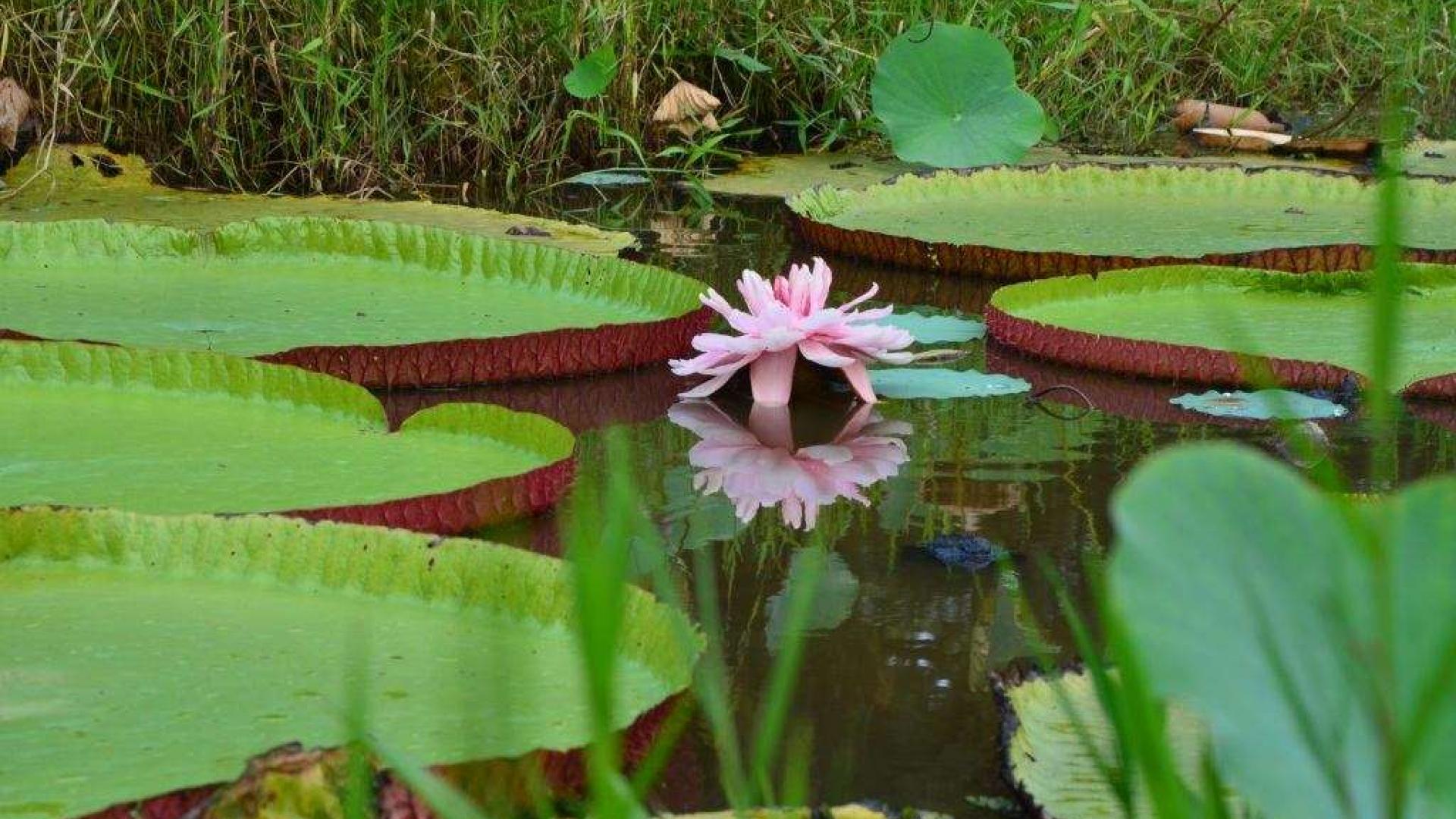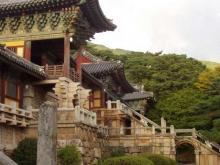Gyeongju (South Korea)
Once upon a time on the site of today's Korean city of Gyeongju was six small villages. With them is a legend, which in Korea are vast. This says that once, on a hillside Yangsan a village elder saw weeping horse. He quickly walked over to her, but she suddenly had disappeared, leaving on the ground rather large egg. Elder broke the egg, and found in it a little boy. He took the child to her and raised as his own son. When he was ten years old, village elders, respected him for his outstanding ability and surprising origins, recognized the boy as their prince. Large egg, which found the future ruler resembled a pumpkin, so the name of the young prince gave Pak, ie pumpkin. The boy's name is formed from the titles of local elders - Hёkkose.
Pak Hёkkose in 57 BC brought together all six villages and formed the city of Gyeongju, which soon became the capital of the new state of Silla. And by the middle of the 7th century Gyeongju became the center of cultural and political life of the whole of Korea. Almost all of the historical and cultural heritage, which has reached our days, it was created in the era of Silla.
In today's Gyeongju many motels, karaoke bars, tea rooms and cafes where you can have breakfast excellent, although these breakfasts in the European sense of the word found in the Korean province is quite difficult. Here most of the indigenous people still prefer the traditional Korean breakfast the morning meal, which is a spicy soup with rice.
Almost every tourist who comes to this city attracts Korean National Museum, which houses a unique exhibition. For example, the largest surviving Korean bells weighing 19 tons and more than two meters in diameter. He stands proudly at the entrance. The bell was cast in the 8th century in honor of Wang Seondeok and is therefore called the Great bell Seondeok. But it also has another name: Emille, which translates to mean starokoreyskogo mom. Also in one of the halls of the museum are artifacts that are found at the bottom of the royal pond Anapji, their more than thirty three thousand. Pond itself was renovated in 1964. His happy to visit not only tourists but also local young families.
Near the pond is another attraction of the city - an ancient observatory Cheomseongdae, which was built in 647 year. But it is possible that in those days Observatory plays a role not only a compass, but from her and reckoned the distance, that is, it was a kind of zero kilometer.
- Log in to post comments






